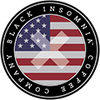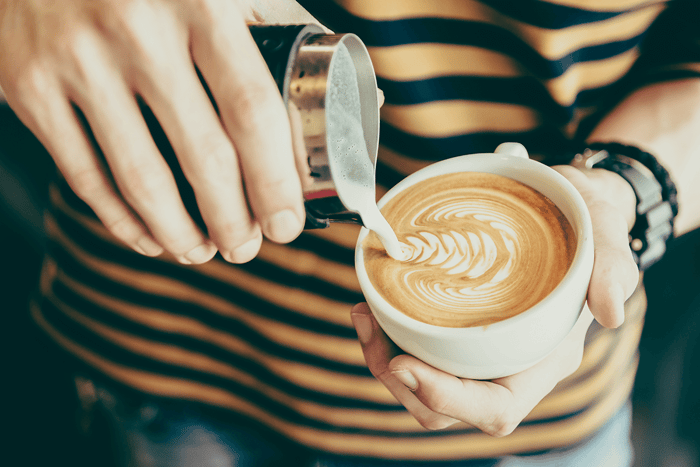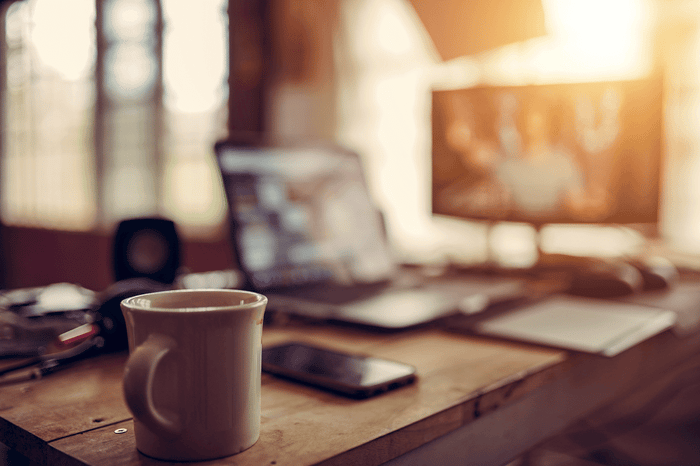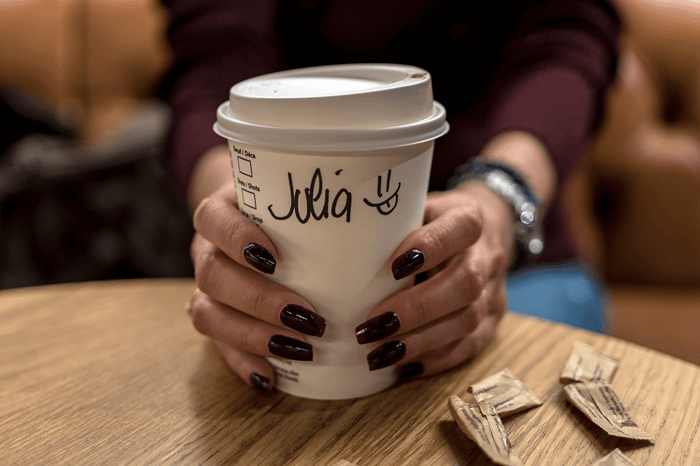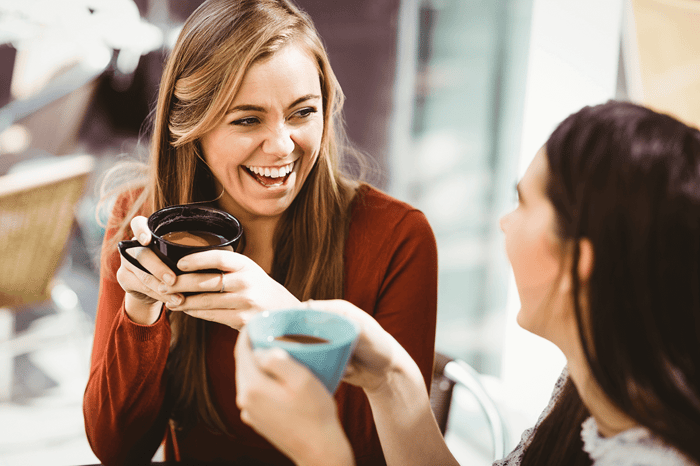Dude. Seriously. Where did latte art come from? I mean, it's everywhere now. But like, where did it start? Who started it? And how the hell did it get so popular?
I did some digging, and it turns out the history of latte art, brief as it is, is pretty interesting.
So sit back, grab a cup of coffee, and enjoy this abridged version of the complete history of latte art.
When Did Latte Art Start?
As it turns out, latte art has a pretty long (and muddy) history. Some believe it started in Italy in the early 1800s, around the time the first espresso maker was (possibly) created. Others, like Wikipedia, believe it developed in different countries independently.
Unfortunately, there seems to be little agreement or verifiable evidence when it comes to what may have been the earliest days of latte art.
I guess the lack of evidence makes sense. I mean, in an age before Instagram, or smart phones, or any phones for that matter... Probably would be difficult to find hard evidence that someone had once made a dog face out of milk froth 200 years after the fact.
When Did Latte Art Get Popular?
Anyway, latte art really only started to take off in the 1980s, when coffee culture began to grow in Europe and North America.
At first, latte art was mostly just simple patterns and shapes—hearts, moons, stars, clovers, I'm sure someone probably made a horseshoe, and so on. Basically any shape you can imagine an Atari 2600 displaying, and with about as much detail.
But there was something new on the horizon as the 90s inched ever closer. And I'm not talking about New Jack Swing.
Who Started The Latte Art Trend?
It was in the early 90s that a man named David Schomer perfected and popularized a technique called "free pouring." This technique allowed for baristas to create more complex latte art designs, like the rosettes and leaves that we all know today.
Schomer wrote the book on professional espresso coffee techniques. Literally. It's called Espresso Coffee: Professional Techniques. His book helped to spread the gospel of free pouring (and latte art in general) to up-and-coming baristas.
What is The Deal with “Etching?”
It wasn't until the late 1990s that things started to get really interesting, and not just because of the midseason premiere of the highly-rated CBS show Becker.
That's when the latte art technique called etching arrived on the scene. With etching, designs could be created by using a metal rod to carve into the milk foam, which kind of just sounds like cheating honestly.
(I kid, I kid.)
Combining the techniques of free pouring and etching made it possible for experienced baristas of the late 90s to start creating latte art with ever more complex shapes like swans, tulips, peace signs, frogs giving the peace sign, alien faces with Dr. Seuss hats, Becker, and so on.
Latte art was about to transcend its humble, artisanal origins—and become a full-fledged consumer trend.
The Latte Art Boom of The 2000s
Latte art's popularity continued to grow "hand in hand with consumers' overall increase in coffee awareness." Since baristas were no longer restricted to the Lucky Charms library of shapes, consumers were suddenly faced with a whole new world of short-lived designs to enjoy.
Latte art became more than just a way to look at a leaf for a few seconds. It became a symbol of attention and care being paid to the coffee-making process—a way for the barista to say "I made this just for you."
In a world where everyone is trying to get their morning coffee as quickly as possible, latte art provides a moment of beauty and connection in an otherwise hectic day.
These days, there are latte art competitions all over the world, where talented baristas show off their skills in creating intricate designs in milk foam.
And while such competitions showcase astoundingly complex latte art designs, even simple designs are quite difficult to execute—let alone execute well. (Once color gets involved? Forget it.) Even with etching, which is, in all earnestness, quite difficult. Not a lot of people know this, but milk froth is kind of an unforgiving medium.
You ever tried to make a heart—let alone a smiling bear face—by dragging a metal rod through hot milk? Not easy.
But that's what makes latte art so special. It's a moment of connection between the coffee drinker and the barista, made possible by a skill, a metric f*ckton of practice, and an unending love for coffee.
And that's why latte art is still popular today. You just don't see it 400,000 times a day on Instagram anymore, because, you know... We all got tired of looking at it.
(Just kidding. We could never get tired of looking at latte art. We love you, latte art. Please never chang—oh, too late. Should've poured slower!)
Latte art will continue to be popular as long as there's an overlap between people who care about coffee, and people who care about making others happy.
And that, my friends, is a trend that will hopefully never go out of style.
$29.99
The Strongest Coffee in the World and Mug bundled together for the perfect combo. Black Insomnia Coffee contains 1105mg of caffeine to jump start your day Caffeine content comes from a carefully selected blend of Arabica and Fine Robusta… read moreCoffee and Mug Bundle
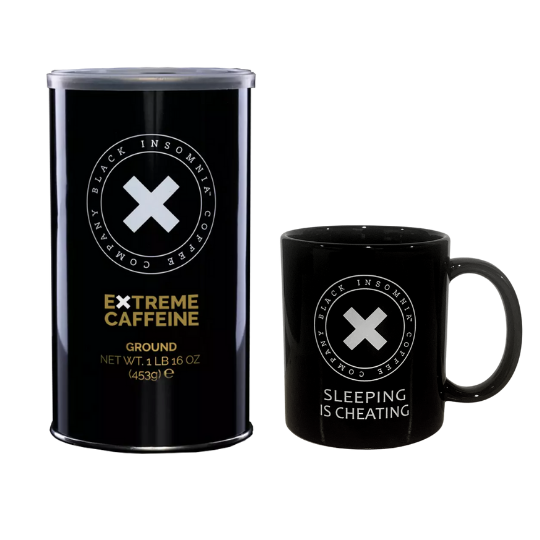
$32.49
